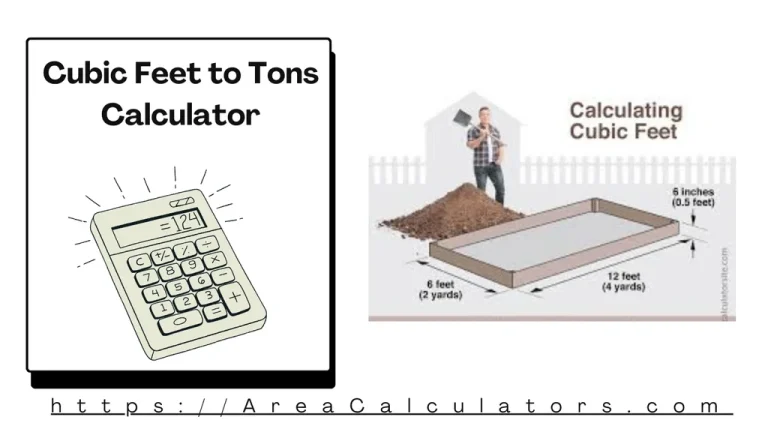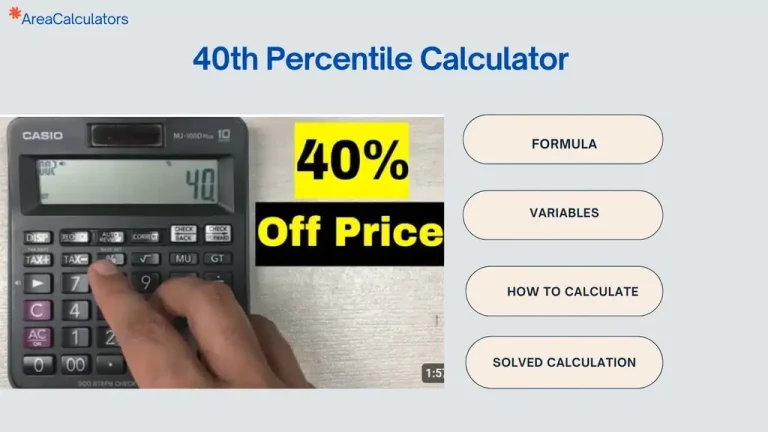To calculate accelerated aging, use the formula AR = (1 − (1 − DR)(−1/t)) ∗ 100. First, determine the degradation rate (DR) and the time (t). This will give the accelerated aging rate (AR), showing how fast the product ages under specific conditions.
The Accelerated Aging Calculator is a helpful tool for estimating how materials age under accelerated conditions, simulating years of aging in a shorter period. It’s used in industries like medical devices and electronics to predict product longevity.
Formula:
Where:
- AR = Aging Rate (%)
- DR = Decay Rate (decimal)
- t = Time in years
Example Calculation:
Let’s calculate the accelerated aging rate for a decay rate of 0.05 over 5 years.
- Apply the formula:
- AR=(1−(1−0.05)−1/5)×100
- AR=(1−(0.95)−0.2)×100
- AR≈1.03%
So, the accelerated aging rate is approximately 1.03% after 5 years with a decay rate of 0.05.
What is Accelerated Aging Calculator ?
An Accelerated Aging Calculator is a tool used to estimate the equivalent time a product or material will age under normal conditions when subjected to elevated temperatures in a shorter time period.
For example, the 10-degree rule for Accelerated Aging states that for every 10°C increase in temperature, the aging process doubles (assuming a Q10 value of 2).
Tools like the Accelerated Aging Calculator Excel or free online calculators can automatically compute the aging factor and help predict shelf life or performance under accelerated conditions, such as Accelerated Aging at 60°C.
This method is widely used in industries like medical devices, where ASTM F1980 sets the guidelines for accelerated aging tests. The Westpak Accelerated Aging Calculator is another tool used to predict product durability, particularly for medical devices and packaging materials, ensuring their stability and reliability over time.






